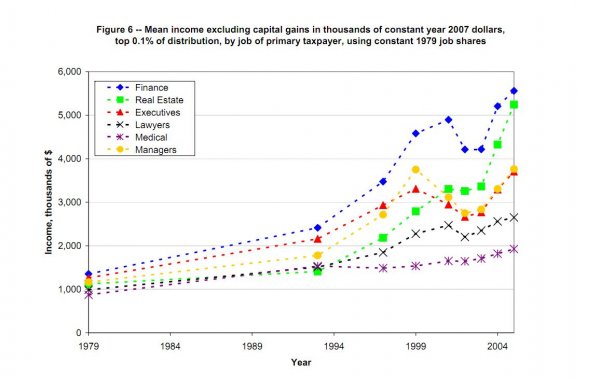I agree that scale relates to the size of the space. Good points made. I can't even fit Steves and others big stuff in my listening area, so its impractical for me, where as my stuff in their big rooms would not be able to "fill" the room in the same way? but could still produce the same SPL given that with my speakers they would be closer to each other and hence the sweet spot would be closer to them, do these things just scale up, ie, the triangle just gets bigger in a big room if you want it too, so therefore you need bigger speakers with more power because now the speakers are twice as far apart and your sweet spot is therefore a lot farther from the speakers, is that all we are really talking about?
But then again, I have never really given this much thought....good point to mull over.
If a smaller phsyical speaker system can hit 120 db SPL, and a big one (bigger speaker sizes) hits 120db SPL, are they equal?
What does a speaker with 3 15 inchers do for me compared to a speaker with 3 10 inchers in terms of scale....lets not talk one going lower in frequency response, lets say the music lows do not tax the 10 inchers, and each speaker delivering 120db SPL at listening spot.
I understand that an outdoor event, if you had ten pairs of speakers each putting out 120 dbSPL you could get more people to hear that level (fill a bigger space), but when it comes to listening rooms, is it the same idea, or is in fact the sweet spot, in a big room or small, if you get 120dbSPL there, it does not matter how big the speakers are, or what are we actually doing here with scale exactly? Is it that in a big room you can just seperate your big speakers further apart and thus move back the sweet spot further away from the speakers...
Tom
Tom,
We always listen to the room as well, and the bigger the room the more spacious and expansive the sound is. It has that realistic sense of scale for Hall music; Classical, Opera, Blues or Jazz clubs, ... Then it determines the type of music which is ideal for these type of rooms.
{For the same overall loudness level, and with the same sound pressure in decibels.}
Smaller rooms are more analytical, discriminatory, more intimate... And the reflections are quicker and can confuse the illusion. Even a small Jazz club is much larger than a regular home listening room, or regular sized living room.
Realistic music requires the same Live space. Studio recording music is also done in rather large spaces, but some are recorded in smaller spaces too.
Achieving the right level and balance in a high-end system starts by the room space.
Or you get mini high-end systems, and big high-end systems.
Sound pressure level is irrelative in true proportion of realistic music in its right place.
120 dB on peaks is quite fine in large venues, when sitting in the sweet spots.
But in smaller rooms, the consistancy for those same peak levels will hit harder and with faster blurring from the direct sound mixed with the indirect one. No?
I guess what I'm coming to is the realistic & natural reverbs of larger avenues.
Just a thought.


















